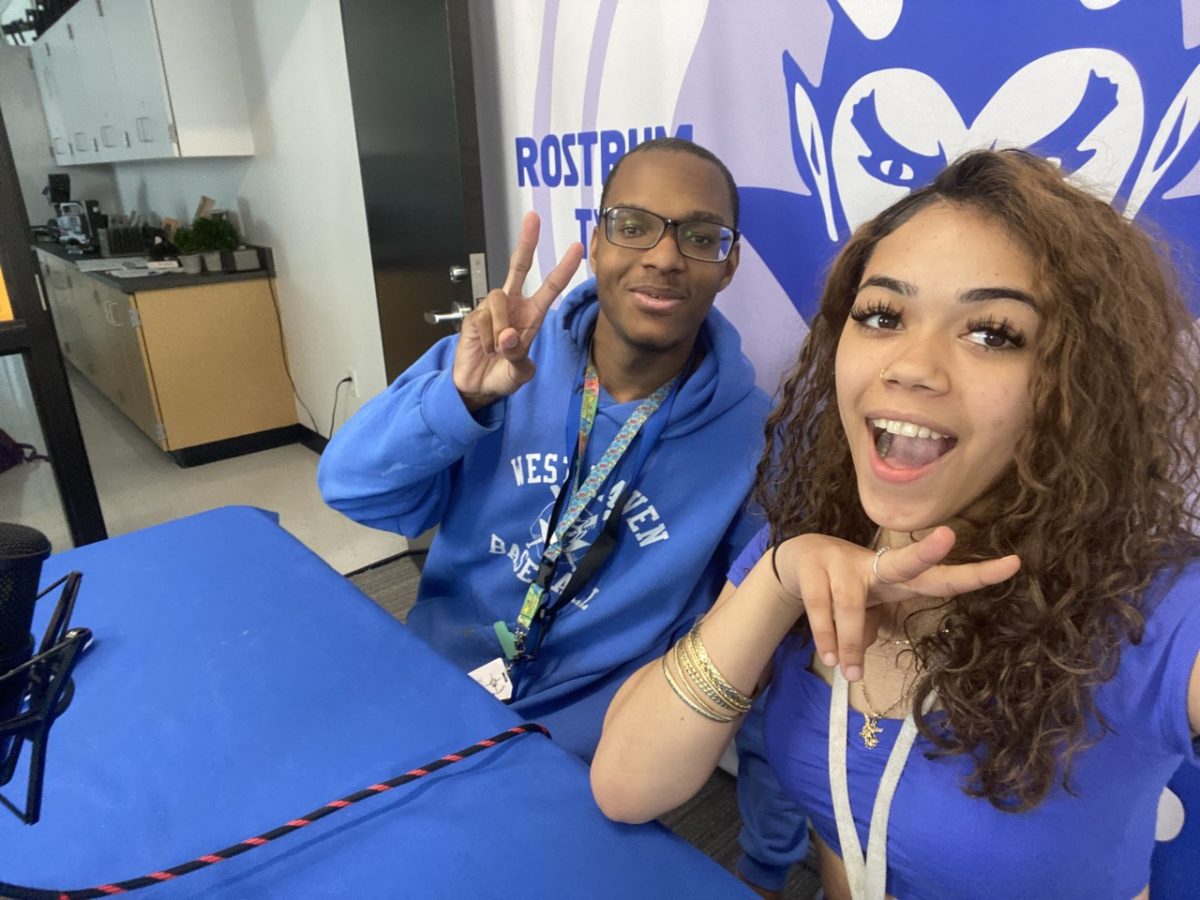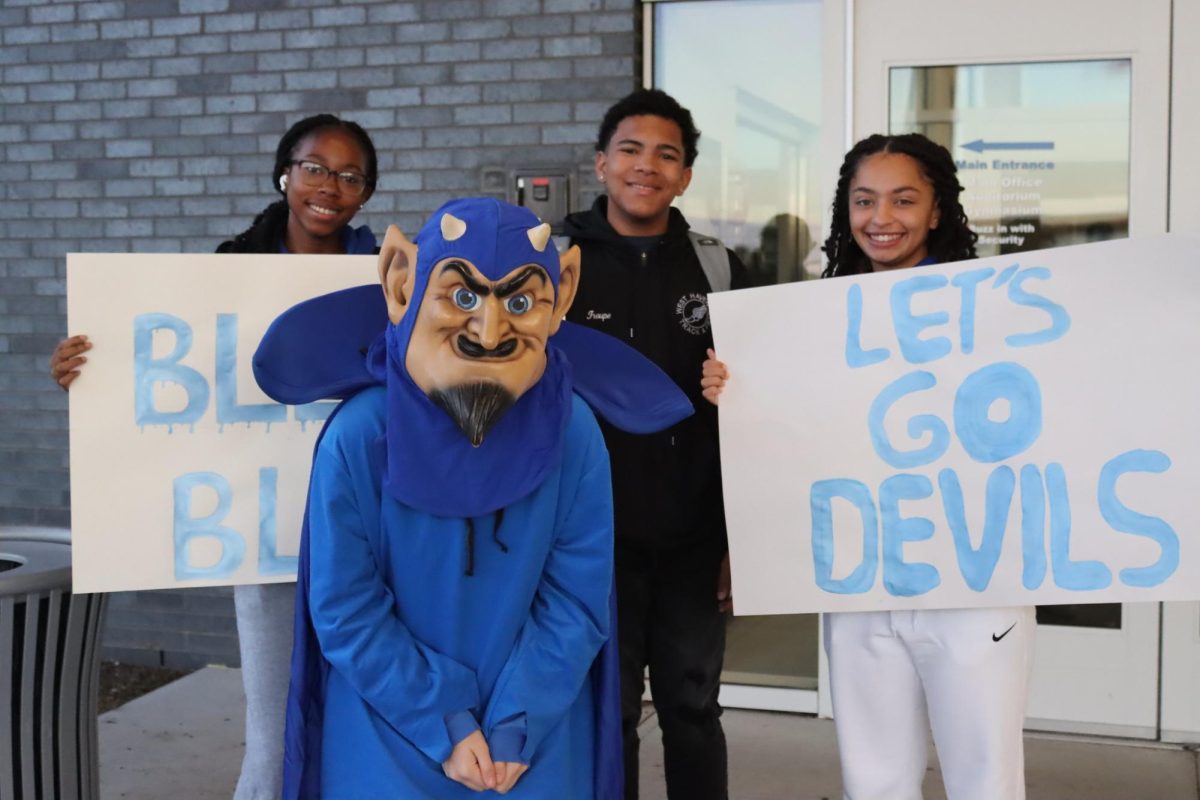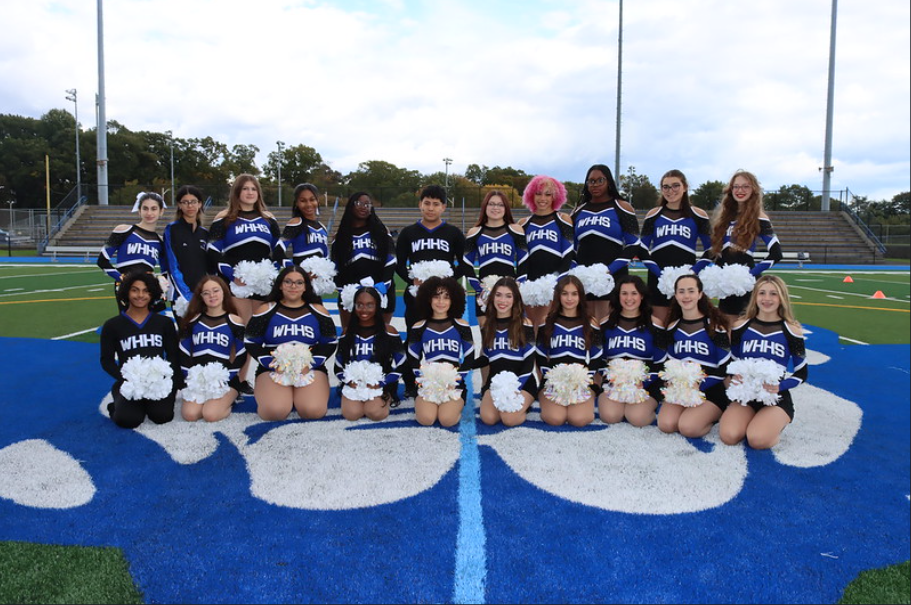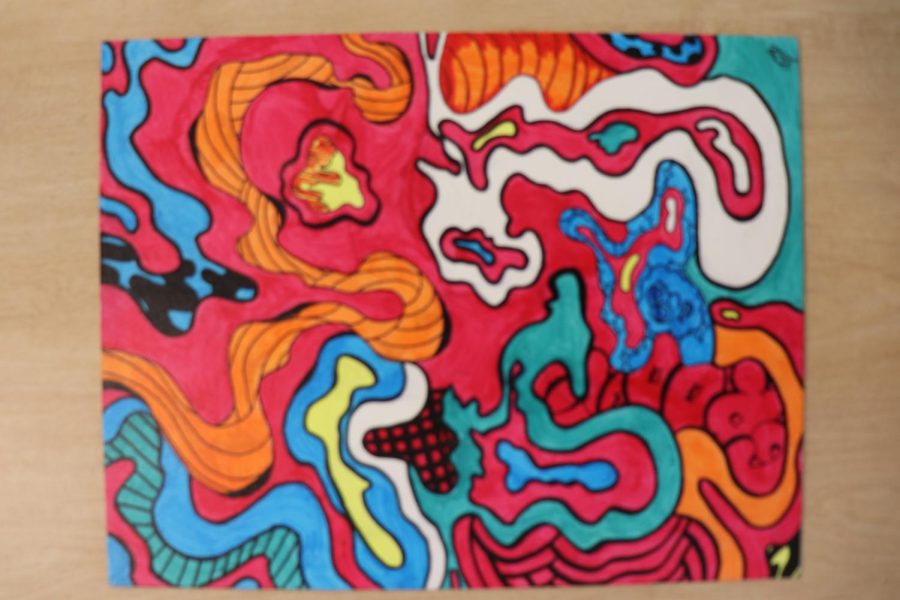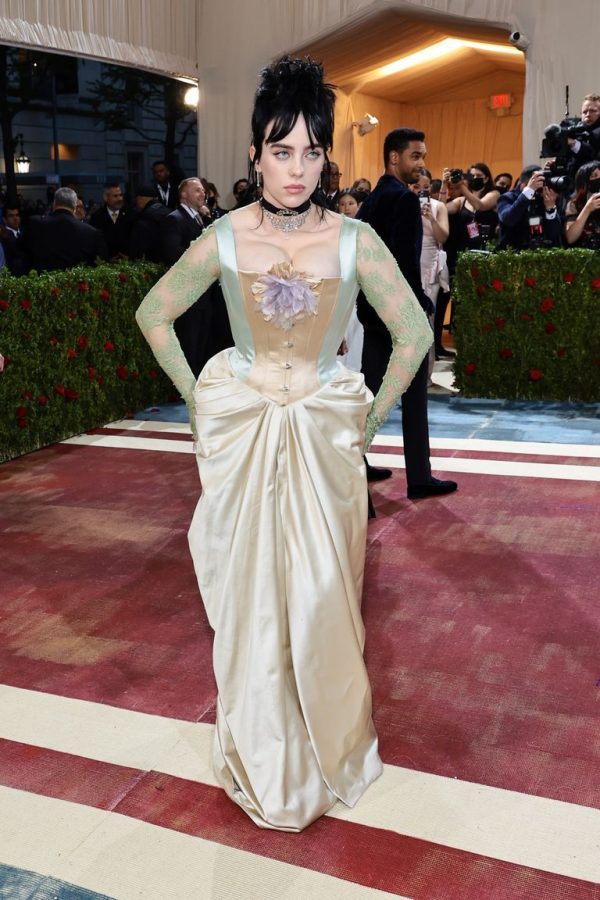Welcome to the second issue of Table Talk. In this edition, I’ll be asking the tables what art means to them.
I started Table Talk because I spend many cherished moments at my breakfast/lunch table, and I love talking and listening to interesting people. I love an intelligent mind, a creative mind. This edition’s question sparked a lot of people’s interest. It made me very happy hearing other artists discuss what art means to them.
A couple of months ago Emily Hartshorn and I went to Barnes and Noble. While we were getting ready to wrap it up there was an announcement that a local author, Michael DeStefano was doing a book signing. I immediately was all for that because “that’s my favorite author” obviously.
Walking over to him I saw there was no one else there so I started asking him questions and admiring his setup. He did a beautiful job presenting his work. His display showed his bio, his two novels, music he composed to go along with his books, and a giant binder full of his research. When he started showing me all the work, he put in my jaw was on the floor. This man has so many layers. First off he’s a beautiful writer, he writes and composes his own music, he is fluent in Japanese after living there for 16 years. He also got married and had his son, AND was in the Navy. He has included every part of his life into his writing. That made me think, do people truly understand art? Do they understand the time and knowledge and experience that artists show in their work?

Art is deep on every level. Art is a broad term for the many layers art holds. Anything and everything that involves creative thinking is art. Traditional sketching, painting, coloring is the basis.
But under that sculpting, writing, composing, making music, acting, singing, even making collages or scrap videos or skits.
You are an artist. Understanding art is like looking into another’s mind and seeing their world through interpretation. When people are passionate about something, it’s fascinating hearing them ramble giving you so much information in such a short amount of time.
For other people art can be so confusing or eye straining.
They think they can make something like that, they can probably do it better.
That leads me into my first table, my table…
Starting at my table, most of our people are artists themselves, but even those who weren’t artists had a lot to say. A certain boy at my table made it very clear that he thinks that people who get paid for their art is stupid because it isn’t that hard to do “anyone can do it.” People can have their opinions, but it doesn’t mean they’re stupid. Anyone can do art, yes, but that term just disregards artists’ hard work and passion they put into their work.
The theater kids
Since the theater kids are theater kids they immediately understand the creativity and imagination aspect of art. They collectively agreed that artists are underappreciated and acknowledged the “starving artists” of the world.
The librarian
I wanted another perspective on art, the writers/storytellers and who knows mores about books and authors more than the librarian? Walking into this interview I didn’t expect to learn so much. Jillian Woychowski has been beta reading for over 15 years, as well as reading drafts for authors like Chrissy Caldwell. This means she often makes corrections and ideas as well.
Mrs. Woychowski understands what’s behind art and is fascinated by the many ways of telling a story. Art, music, dance, and literature can make people think and feel things. She believes its really personal how people put themselves out there for people to judge. And as an artist “it’s nice to be appreciated,” she said.

